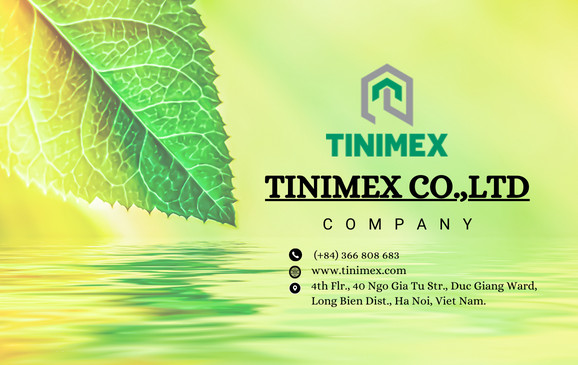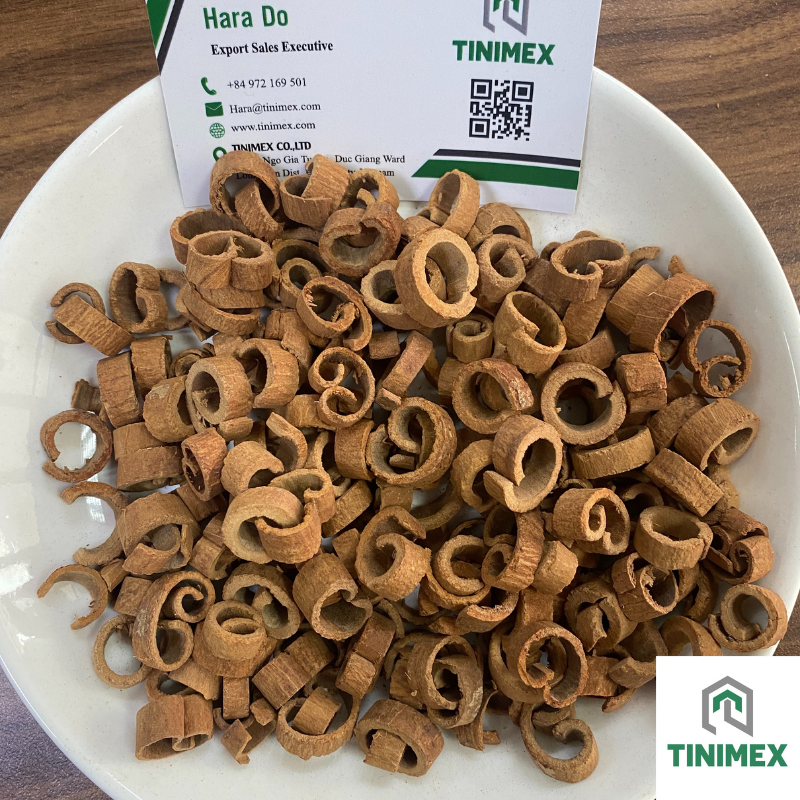🌿 Inside the Remarkable Cinnamon Journey: From Vietnamese Farms to Global Shelves
In recent years, Vietnamese cinnamon has emerged as a global favorite, praised not just for its warm aroma and spicy-sweet flavor, but also for its rich cultural heritage and sustainable farming practices. But have you ever wondered how that fragrant stick or powder ends up in your kitchen cupboard? 🌍
Join us on a flavorful adventure inside the journey of this magical spices — from the misty highlands of Vietnam to supermarkets, spice racks, and gourmet kitchens across the world.
🇻🇳 The Origins of Vietnamese Cinnamon
The journey begins in the lush forests and hilly terrains of Yen Bai, Quang Nam, and Quang Ngai — the heartlands of Vietnamese spices cultivation. These regions boast:
-
🌱 Ideal climate with high humidity and regular rainfall
-
🏔️ Mountainous altitudes perfect for Cinnamomum cassia tree growth
-
🌿 Centuries-old cultivation techniques passed down through generations
The variety of cinnamon grown here is Cinnamomum cassia, often referred to as Saigon cinnamon. It is prized for its:
-
🌶️ High oil content (up to 6%)
-
🍯 Strong, sweet-spicy aroma
-
🧡 Deep reddish-brown color
No wonder Vietnamese cinnamon is often considered one of the finest in the world!
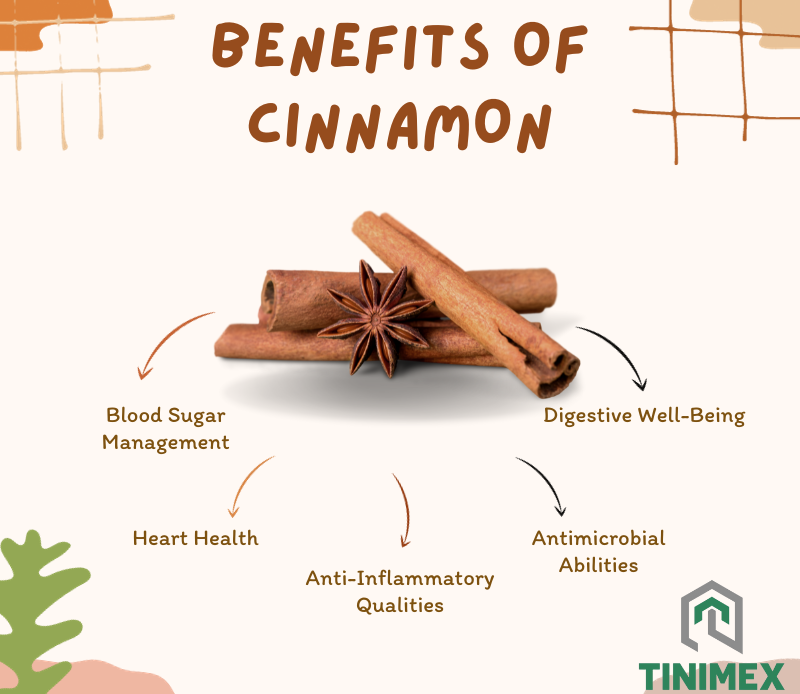
👩🌾 From Tree to Harvest: Sustainable Farming in Action
Farming in Vietnam is largely done by smallholder farmers and ethnic minorities. Their knowledge of traditional cultivation methods — often intertwined with sustainable, organic practices — makes the journey from farming to harvesting both eco-friendly and community-driven.
🌳 How is Vietnamese cassia cultivated?
-
Trees are grown for 15–20 years before harvesting the bark
-
Farmers prune carefully to allow regrowth and biodiversity
-
No chemicals or synthetic fertilizers are used in organic farms
💪 Impact on local communities:
-
Provides stable income for rural households
-
Encourages youth to return to villages and continue farming traditions
-
Empowers women in agriculture and business
🔥 Processing the Spice: Quality Starts Here
Once harvested, the cinnamon bark goes through a meticulous processing stage to ensure top-notch quality. This is where Vietnamese cinnamon starts to transform into the final products we see on shelves worldwide.
🛠️ Processing steps include:
-
Sun-drying to preserve natural oils and enhance aroma 🌞
-
Grading and sorting based on size, color, and oil content 🧂
-
Cutting, rolling, or grinding depending on the final product shape
🏷️ Products exported include:
-
Cinnamon sticks (quills)
-
Broken cinnamon (splits)
-
Cassia powder
-
Cassia oil
Each format meets different needs — from gourmet chefs to food factories and cosmetic brands.
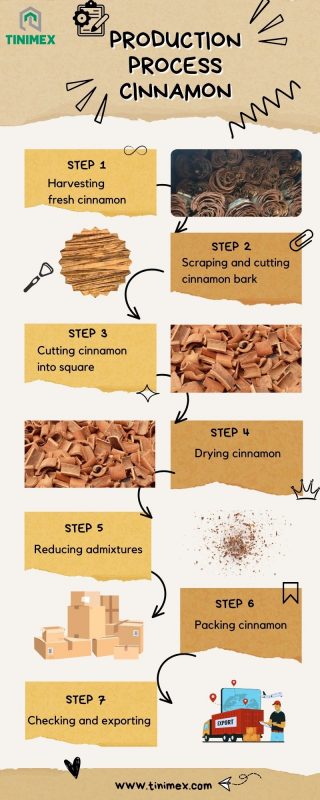
🌎 From Vietnam to the World: Exporting with Purpose
Vietnam is one of the top cinnamon exporters in the world, supplying to major markets like:
-
🇺🇸 United States
-
🇮🇳 India
-
🇩🇪 Germany
-
🇯🇵 Japan
-
🇰🇷 South Korea
💼 Exporters like TINIMEX Co., Ltd. work directly with farmers, cooperatives, and processors to ensure:
-
💯 Consistent quality with food safety certifications (such as USDA Organic, HACCP, ISO)
-
🚚 Timely, global shipping in various packaging options (5kg, 25kg, bulk, vacuum-packed)
-
🌱 Sustainability through ethical sourcing and fair-trade practices
This ensures our products doesn’t just taste good — it does good, too.
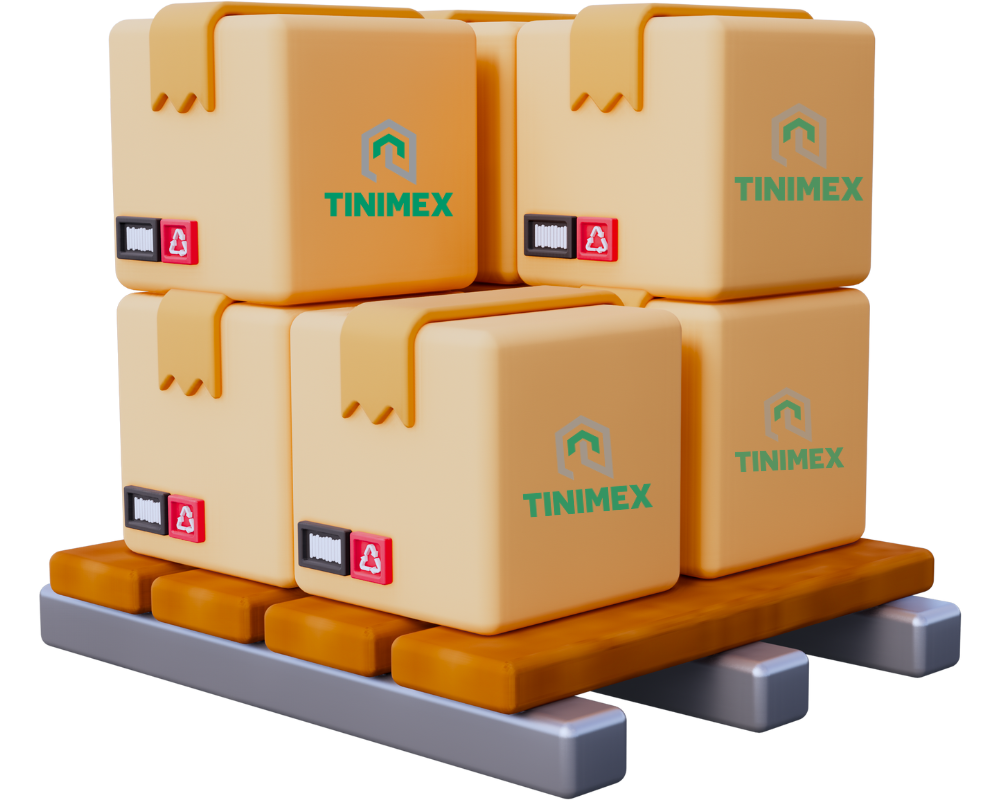
🧁 Where It All Ends Up: Uses of Vietnamese Cinnamon
Once on global shelves, Vietnamese cassia finds its way into:
🍽️ Culinary delights:
-
Pastries, cookies, and cinnamon rolls
-
Curries and stews in Indian, Thai, and Middle Eastern cuisine
-
Hot beverages like chai, mulled wine, and lattes
🌿 Wellness & personal care:
-
Herbal teas and essential oils
-
Aromatherapy and massage products
-
Natural health supplements
💡 Thanks to its potent antioxidant and antimicrobial properties, Vietnamese cinnamon is also popular in the wellness industry for managing blood sugar and boosting immunity.
🌟 Why Choose Vietnamese Cassia?
If you’re sourcing cinnamon for your business or your pantry, here’s why Vietnamese cassia stands out:
✅ Bold flavor profile: Stronger and sweeter than most other varieties
✅ Sustainable sourcing: Ethically produced with minimal environmental impact
✅ Premium quality: High oil content = richer aroma and flavor
✅ Wide availability: Exported to over 70 countries worldwide
📝 Final Thoughts: A Spice That Tells a Story
Every stick of Vietnamese cinnamon carries a story — of ancient forests, hard-working farmers, ethical practices, and global connection. In a world that craves authenticity and traceability, this humble spice delivers both flavor and meaning.
So the next time you add a sprinkle of cinnamon to your coffee or stir it into your oatmeal, remember: you’re enjoying a spice that has traveled across mountains, cultures, and continents — just for you. 🌍✨
